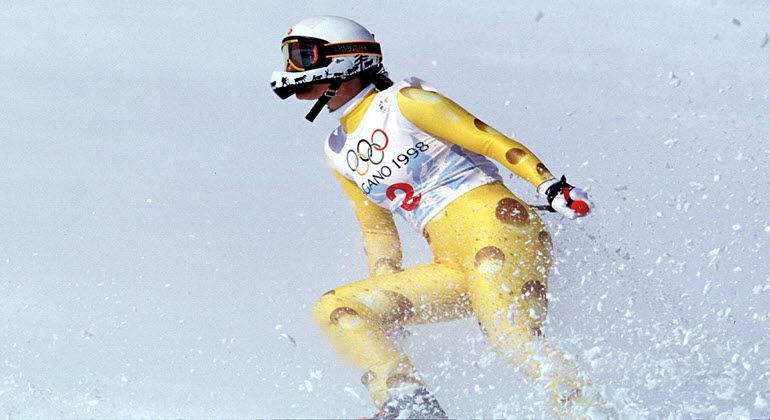The Swiss cheese ski suit design is being rediscovered this year, though, because the Emmental AOP consortium applied to register the holey cheese design as a figurative mark (851/2021) on 19 January 2021.
The trade mark wasn’t registered only for cheese, though. It was also registered for sportswear. The Emmental consortium seems to be appealing to our brand memory and is attempting to benefit from the positive emotions of the successes achieved with this design. To protect itself from free riders, the consortium is leaving nothing to chance and is registering the trade mark to secure a monopoly on the design for the goods and services it wants to protect. This proves how important it is, in this day and age, to also legally protect identifying features. In today’s saturated markets, unmistakable unique selling propositions (USPs) are an extremely valuable commodity that can only be achieved with a very large financial outlay. Triggering our brand memory, therefore, seems to be a clever move from this point of view.
Only time will tell whether more ‘cheese representatives’ will again populate the ski slopes in the future, or whether just Emmental cheese will be served up in its own packaging. The aim of legally securing your own USP is good advice all the same.





